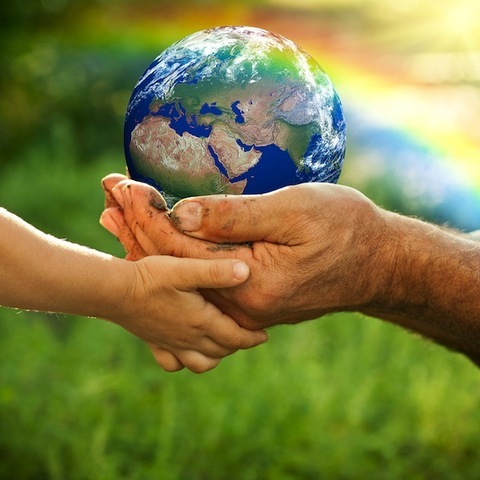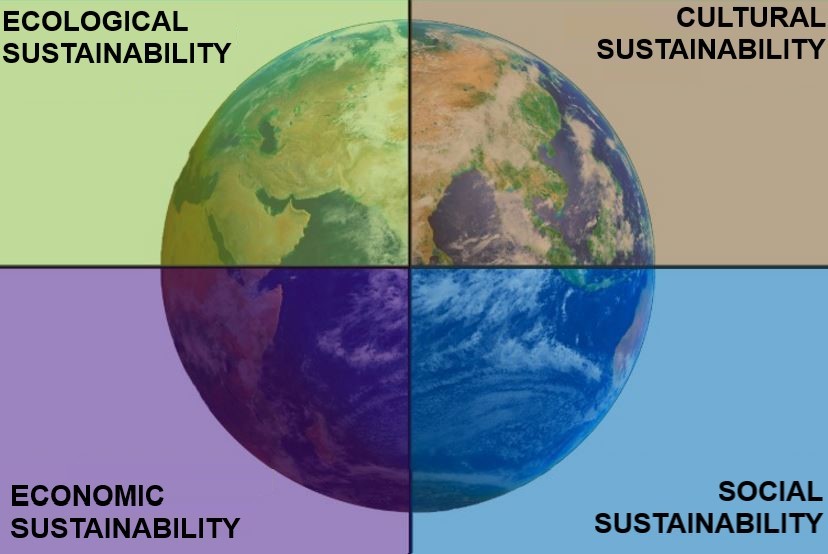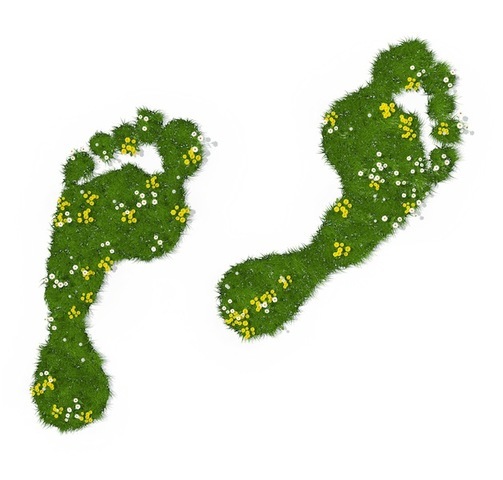20. Sustainable development
Contents
20.1 The world has its limits
 All types of human activity consume resources. For example, the study work you are doing right now requires various resources, such as:
All types of human activity consume resources. For example, the study work you are doing right now requires various resources, such as:
- smart devices: ores, metals, oils, energy.
- paper: wood, water, energy, chemicals.
- the school environment: concrete, other building materials, energy.
- you, your classmates and your teacher: food, movement energy, clothes, etc.
We might not be able to avoid consuming resources, but we are able to control how much we consume. If we use resources as at a faster rate than new ones can be produced, we are consuming unsustainably.
Sustainable development is a term that describes a kind of human existence that moves forward while remaining environmentally sustainable. A suistainable society can continue for an extremely long time without harming either itself or its environment. In other words, a sustainably developed society meets its needs without taking away the ability of future generations to meet their own needs. At the same time, sustainable development seeks to maintain the planet's biodiversity, which is important for the well-being of all living organisms.
Compared with the rest of the world, Finland is much more sustainably developed than many other nations. Development indexes that measure social and cultural development show that Finland is among the best-developed nations on Earth. This means that Finland is a relatively equal and highly educated nation.
20.2 Facets of sustainable development
 The question of whether or not a certain acitivity is sustainable on a long time scale is complex. Because of this, sustainable development is often thought to consist of four distinct facets.
The question of whether or not a certain acitivity is sustainable on a long time scale is complex. Because of this, sustainable development is often thought to consist of four distinct facets.
Ecological sustainability means that human activities cannot damage the natural environment. The use of natural resources should be done in a way that retains the planet's biodiversity. In terms of climate change, humans should not produce more carbon emissions into the atmosphere than the planet's plants can absorb.
Economic sustainability means that the global economy should be developed in a way that makes social and environmental well-being possible on a long time scale. This means that the economy cannot be based on increased consumption or the accumulation of debt. Instead, the economy should be planned with long time scales in mind, so that the well-being of the society is not overlooked.
Ecological and economic sustainability cannot work if people are discontented. People that suffer from poverty, inequality and injustice are not likely to care about biodiversity or political stability. This is why society must be developed in a way that increases the well-being of all of its members. These goals make up the facets of social and cultural sustainability.
20.3 How can sustainable development be measured?
 If we want to develop our way of life in a more sustainable direction, we must first know how to reliably measure what parts of our lifestyles are sustainable. This is why various indicators that measure sustainability have been developed. A good sustainability indicator should be a number that is easy to measure and follow on a long time scale.
If we want to develop our way of life in a more sustainable direction, we must first know how to reliably measure what parts of our lifestyles are sustainable. This is why various indicators that measure sustainability have been developed. A good sustainability indicator should be a number that is easy to measure and follow on a long time scale.
The following indicators have been developed to measure sustainability:
Ecological sustainability
- The number of endangered species.
- Carbon emissions.
- The percentage of renewable energy sources in energy production.
- The consumption of natural resources.
- The debt-to-equity ratio.
- The employment rate.
- The economic dependency ratio.
- Income disparity.
- Life expectancy.
- The availability of services.